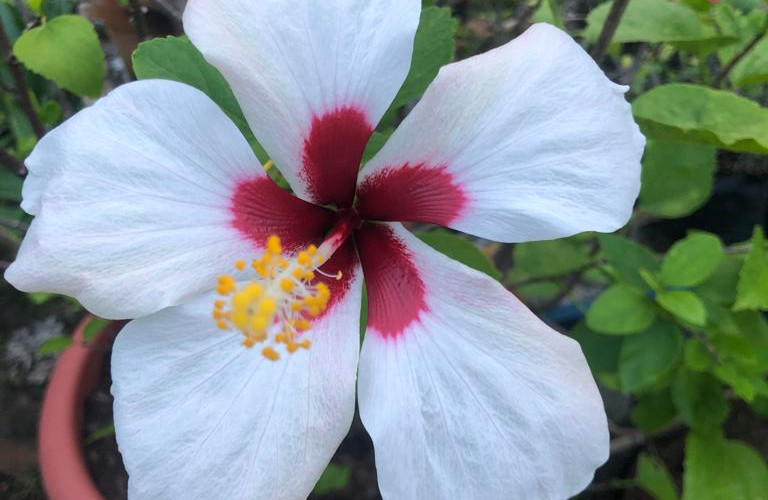Choosing Your Plants!
- TTKH
- Jun 15, 2023
- 2 min read
When choosing plants, it's important to consider factors such as your location, climate, available space, and personal preferences. Here are some popular plant choices for various scenarios:
Low-light environments:
If you have limited access to natural sunlight, consider plants that thrive in low-light conditions, such as Chinese evergreen (Agleonema), dracaena, or philodendrons,
Sunny locations: For areas with ample sunlight, you can opt for sun-loving plants like roses, marigolds, petunias, geraniums, lavender, or sunflowers. Vegetables like tomatoes, peppers, and cucumbers also require plenty of sunlight to grow.
Indoor plants:
If you're looking for plants to adorn your indoor spaces, some popular choices include spider plants (Chlorophytum comosum), snake plants (Sansevieria), pothos (Epipremnum aureum), ZZ plants (Zamioculcas zamiifolia), or peace lilies (Spathiphyllum).
Edible plants:
If you're interested in growing your own food, consider herbs like basil, parsley, mint, and rosemary, as well as vegetables like lettuce, spinach, carrots, and beans. Dwarf fruit trees like citrus or apple can also be grown in containers.
Drought-tolerant plants: For those who would prefer to have plants that can be "ignored" or plants that continue to do well in drier months, drought tolerant plants make an ideal choice. Succulents like aloe vera, jade plants (Crassula ovata), or cacti are great options. Other choices include lavender or ornamental grasses.
Native plants: Choosing native plants helps support local ecosystems and can be well-adapted to your specific climate. Research native plant species in your area that suit your preferences and the available growing conditions. Some of the plants native to Saint Lucia are Soufrière Tree (Pisonia subcordata) also known as the Galba tree, the Soufrière Tree, Tabbou Tree (Citharexylum spinosum) and St. Lucia Palm (Acoelorrhaphe wrightii).
It is important to always consider the maintenance requirements, such as watering frequency and pruning, for each plant. It's always a good idea to consult with your plant provider to ensure the plants you choose are suitable for your specific needs and conditions.













































Comments